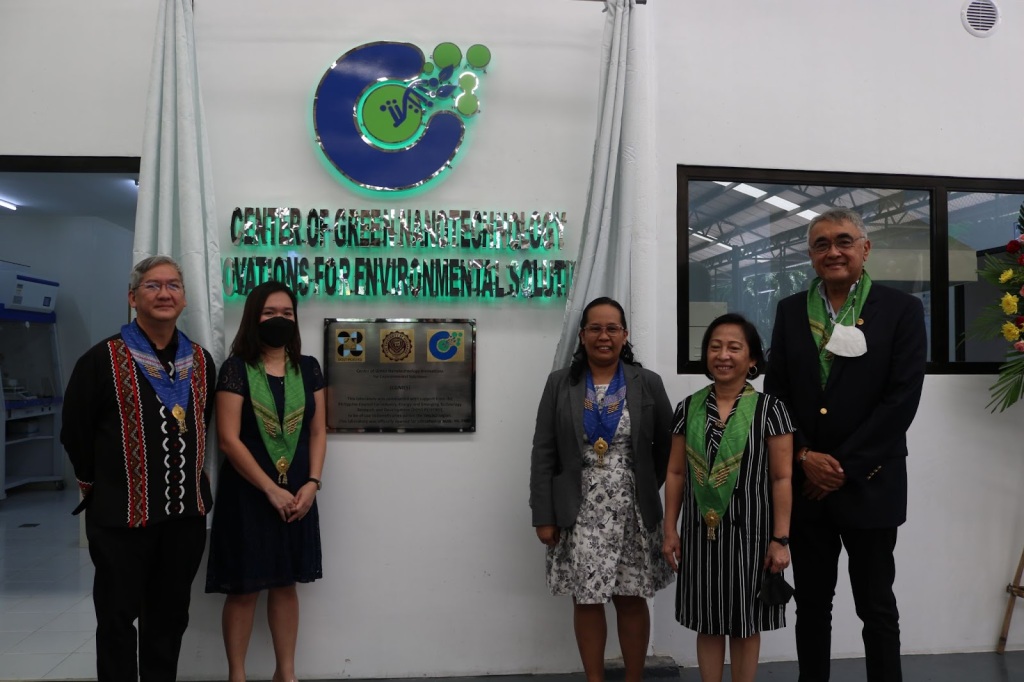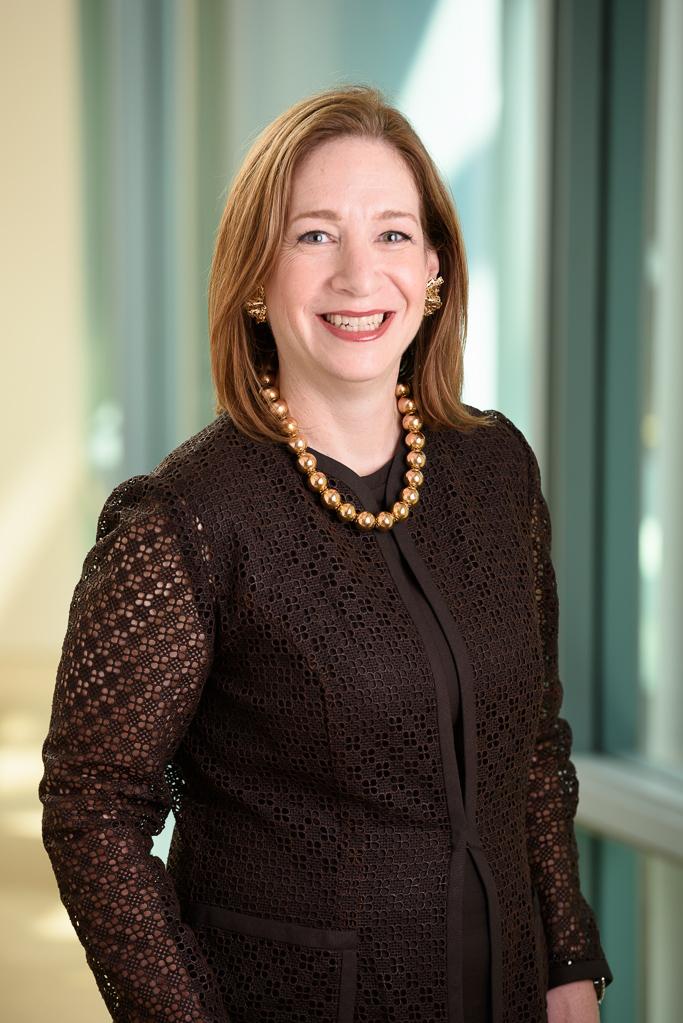• Five key accelerators to expedite region’s green transition • Green investments rose 20% to USD 6.3B yoy due to renewables and green data centers • Launch of Bain’s SEA Green Economy Index
SINGAPORE – April 15, 2024 – Southeast Asian markets now have a window of opportunity to accelerate decarbonization with actionable ideas and accelerators to unlock these ideas by 2030, according to Southeast Asia’s Green Economy 2024 – Moving the needle, a report by Bain & Company, GenZero, Standard Chartered and Temasek.
In its 5th edition, the report which covers 10 markets – Brunei, Cambodia, Indonesia, Laos, Malaysia, Myanmar, the Philippines, Singapore, Thailand, and Vietnam – acknowledged that the region faces unique and complex challenges in decarbonization. As a growing economy, Southeast Asia needs to balance economic growth and the costs of the energy transition, as the region has legacy dependencies on fossil fuel for power generation.
The geographical dispersion of renewable resources has caused a mismatch on supply and demand across the region. In addition, limited incentives for carbon reduction and inadequate access to financing are creating barriers to the green transition.
“There is a reality gap between what many believe is happening and true progress on the ground. Despite Southeast Asia’s structural challenges, immense potential exists to accelerate the energy transition and build the green economy. Focusing on proven solutions to decarbonize and accelerators such as blended finance or other incentives can catalyze investment while governments need to figure out the more complex changes. We need to start with what we can do here and now and not miss the opportunity at hand. Our report highlights where we can accelerate progress and invest for a greener tomorrow today,” said Dale Hardcastle, Director of Global Sustainability Innovation Center at Bain & Company, based in Singapore.
Top 13 decarbonization investment ideas present USD 150B green economy market opportunities
The report first assessed 94 investable decarbonization ideas for Southeast Asia by abatement impact and deployability, based on six priority decarbonization opportunities including improved farming practices, nature-based solutions, green fuel source, process optimization, greener transport and energy efficient building. Out of this pool, the top 13 investable ideas across four sectorial themes – nature and agriculture, power, transport, and buildings – were identified. If materialized, these 13 ideas could generate USD 150 billion annual revenue by 2030.
“As one of the most vulnerable regions to climate change, Southeast Asia is experiencing a significant increase in greenhouse gas emissions driven by economic development. While climate investments increased by 20% to USD 6.3 billion in 2023, significant acceleration is needed to meet the USD 1.5 trillion required to achieve 2030 emissions targets. Amidst global competition for climate investments, countries which take the lead in charting out their decarbonization roadmap through clear policy frameworks, supportive regulations and concrete financing plans will be better positioned to attract private investment and accelerate their transition,” said Kimberly Tan, Head of Investments at GenZero.
Five accelerators to expedite region’s green transition
This year’s report highlighted five accelerators to expedite the green transition in the region: (1) a more comprehensive set of policy incentives, (2) innovative finance mechanisms, (3) scaling corporate investment, (4) cluster/ pilot developments and (5) regional collaboration.
Southeast Asia is making progress on policies for the green economy, but the region’s fiscal incentives remain limited and dispersed. The report mentioned the US Inflation Reduction Act (IRA) as a prime example of accelerating green investment in the US and for global players.
Southeast Asian governments should focus where strategic impact and acceleration is greatest to define their own ‘fit-for-purpose IRA for the region that strengthens green competitiveness’, says the report. Notably, the region’s fiscal incentives directed towards fossil fuels amounted to USD $117 billion in 2022, compared to USD $26 billion for renewables. This presents opportunities for the region to focus on green opportunities to capture advantages, by accelerating critical industries, strengthening green exports, promoting nature conservation, catalyzing grid infrastructure, incorporating programs to skill the workforce for new green jobs, and fostering the transition to sustainable agriculture.
Regional collaboration is fundamental to push the green agenda further, according to the report. For instance, a regional cross-border grid would unlock greater access to renewables for the region and increase energy security with effective utilization and resource sharing.
Growing a high integrity voluntary carbon market could unlock and scale supply of nature-based solutions through cross-border carbon market funding and boost investor confidence and corporate demand by capturing full value of credits.
Expanding the ASEAN Taxonomy could help regional stakeholders align on definitions of credible transition and green finance, which improves investor confidence and increases green capital inflows. Joint effort among governments, corporates and investors to play their respective parts is also equally important, says the report.
“Southeast Asia has an outsized role to play in the global net zero ambition. However, the region faces the dual, often conflicted challenge of meeting the rising need for affordable and reliable energy while simultaneously cutting emissions. To seize the green growth opportunity and accelerate the transition in a just and inclusive manner, we need radical collaboration across the public and private sectors, as well as harness the breadth of financial toolkits to catalyze investment flows for sustainable infrastructure and collectively raise the bankability of such projects,” said Kyung-Ah Park, Head, ESG Investment Management & Managing Director, Sustainability at Temasek.
Southeast Asian funds and banks are starting to address financing challenges via innovative mechanisms, and one example is blended finance, says the report. Blended finance is a structuring approach that combines catalytic capital to attract more commercial capital from the private sector. By leveraging catalytic capital to help derisk projects, reduce high cost of capital, and address other investment barriers, the blended finance structuring approach of combining catalytic capital to attract more commercial capital from the private sector helps to increase the bankability of projects and crowds in mainstream capital to unlock greater decarbonization opportunities in the region. Scaling concessional capital and other enablers can unlock an additional pool of up to USD 20 billion for blended finance per year if a common approach is developed for Southeast Asia.
“ASEAN requires an additional USD 1.5 trillion by 2030 to support the transition, but the region offers great potential for climate action at scale. To tap into growing opportunities, we need a coordinated and collaborative approach that builds an ecosystem where private investors and public entities can come together to act against the worst effects of climate change, leveraging catalytic capital to lower the cost of investment and derisk commercial opportunities,” said Tracy Wong Harris, Head of Sustainable Finance Asia, Standard Chartered Bank.
Green investments rose 20% to USD 6.3B yoy due to renewables and green data centers
Southeast Asia requires USD 1.5 trillion in cumulative investment in the energy and nature sectors to reach nationally determined contribution targets by 2030. However, only 1.5% has been invested to date. 2023 saw a notable 21% year-on-year (yoy) uptick in green investments in the region to USD 6.3 billion, reversing the downward trend in previous years. Corporates invested in large-size deals while climate funds invested in start-ups. In addition, there were more domestic investments within the region with a consistent decline in foreign investments.
While power, and in particular renewables, remained the largest green investment theme in 2023, it is the increase in investments in green data centers driven by energy efficiency regulations in Malaysia and Singapore, as well as investments in waste management towards water treatment and plastic recycling in the region that drove the largest investment dollars.
By country, Malaysia and Laos made the biggest yoy jump in green investments, 326% and 126% respectively. Malaysia attracted large-scale green financing for data centers in Johor and Kulai, while a large-scale project to unlock Laos’s renewable potential is being carried out by foreign investors.
Launch of region’s first SEA Green Economy Index
To better help Southeast Asian markets track their decarbonization progress, the report unveiled the region’s first SEA Green Economy Index which examines how each country is progressing across five metrics with varying weightage totaling 100% – ambition (20%), progress (25%), roadmap (20%), accelerator (25%), and investment (10%).
“The index helps provide an objective snapshot of how each country is performing year-on-year and relative to peers. It shows an overview of areas they are doing well and recognizes where progress is being made. It is important to note that this index is constantly evolving as the region continues to tweak initiatives to fit respective markets’ needs,” said Hardcastle.
The index shows that Southeast Asia has made some encouraging moves to reduce greenhouse gas emissions, with Singapore and Vietnam making the most progress over the last year. Eight out of 10 countries have net zero targets, and while they have remained the same as the previous year, more than half of the region’s top emitting corporates have set net zero or emission reduction targets, 15 more compared to 2023. In addition, seven countries have shown progress in adopting renewable energy and electric vehicles, preserving forestland, and enhancing health of cropland soil.
Translating ambition to action and results will take time. Southeast Asia is still in early adoption and has the opportunity to capture proven and the most cost effective decarbonization initiatives. In 2024, the region needs to double down on the top 13 investable ideas, leverage on the key accelerators to unlock these ideas and ensure better cooperation among governments, corporates, and investors.









